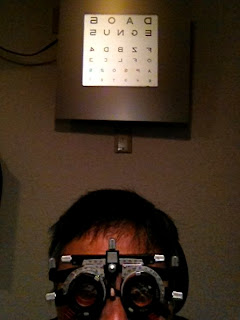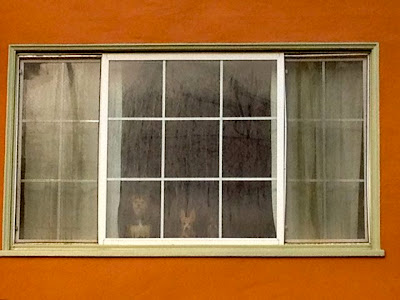“Where words fail, music speaks.”
― Hans Christian Andersen
Noted neurologist Dr. Oliver Sacks studies the impact of music on people who are dealing with the extreme challenges of neurological disease or injury, such as Alzheimer's and Parkinson's.
NPR's Weekend Edition Saturday host Scott Simon's voice is warm and familiar to listeners across the country. As a radio interviewer, he knows how to ask a great question and how to listen. Simon attributes his respectful demeanor to his mother in this playful interview, “A Son, His Mom and a Story about a Dog”, which was recorded and shared to promote the 2012 National Day of Listening, a StoryCorp project which encouraged people to sit down with a loved one and record a meaningful conversation. The StoryCorp website has a fantastic List of Great Questions for anyone looking to conduct an interview.“Humans are uniquely able to produce and enjoy music—very few other animals can do so. But not only is music one of the fundamental ways we bond with each other, it literally shapes our brains. Perhaps this is so because musical activity involves many parts of the brain (emotional, motor, and cognitive areas), even more than we use for our other great human achievement, language. This is why it can be such an effective way to remember or to learn. It is no accident that we teach our youngest children with rhymes and songs. As anyone who can’t get an advertising jingle or a popular song out of their head knows, music burrows its way deep into the nervous system, so deep, in fact, that even when people suffer devastating neurological disease or injury, music is usually the last thing they lose.” — "Wired for Sound" by Dr. Oliver Sacks
This week, attention has been paid to a beautiful conversation between Simon and his mother, which shared an extremely personal moment. Simon used Twitter to share his love and grief with 1.3 million followers, as his mother, Patricia Lyons Simon Newman entered the hospital on July 21, and passed away on July 29. His account of their time together in the hospital, written in short lyrical bursts has led readers to think about good deaths and good lives, and caused people to pay notice in a new kind of storytelling.
"I don't know why people have responded so powerfully. I think this is obviously a singular event that not only has to do with the death of my mother and the universal experience that is for all of us really but I think that also has to do with the impossible to duplicate presence of my mother, who was a one and only. So I don't try and analyze that."
Simon and his mother sang together, and his tweets are sprinkled with references to songs that he and his mother sang together in the hospital, Que Sera Sera, We'll Meet Again.
When Simon is interviewed on NPR's All Things Considered, he speaks about the outpouring of empathy that he has received from the millions of people following his rite of passage.
...it means a lot to our family because they all seem to say that they're not just saying, giving condolences to me as someone they know, but that something my mother said meant something to them. It's very gratifying.Host Audie Cornish asks if there is a song that they can play in tribute to his mother to close the interview, listeners can hear his loving voice break.
"She and I sang to each other a lot, in the ICU. I wish I could tell you it was grand opera. The song that kept popping up and we kept singing to each other, is Nat King Cole singing 'Unforgettable 'and I will hear that song again for the rest of my life and I bet I will sing it to my wife and sing it to my children. I will never hear that song without thinking of my mother.”















